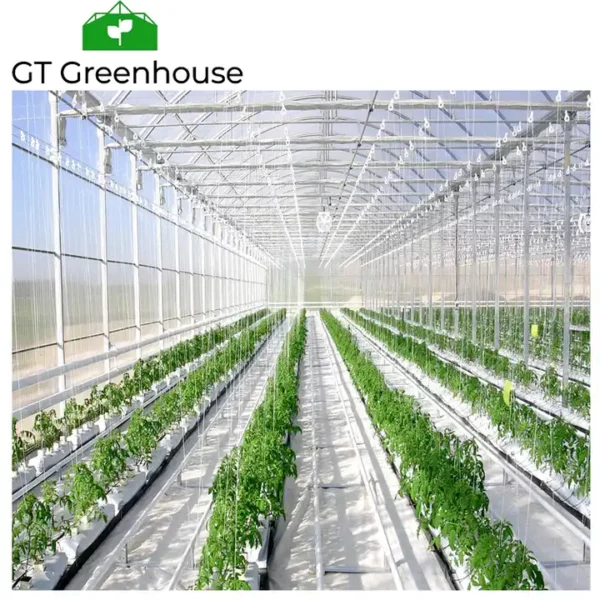Greenhouse farming represents a pivotal advancement in agriculture, offering a controlled environment for cultivating crops regardless of external conditions. Behind the success of these structures lies a spectrum of specialized equipment designed to optimize conditions, streamline operations, and maximize yield. This article explores the diverse array of greenhouse farming equipment, highlighting its evolution, significance, and transformative impact on modern agriculture.
Evolution of Greenhouse Farming Equipment:
Over time, advancements in technology and agricultural practices have led to the development of a wide range of equipment tailored specifically for greenhouse farming. From basic tools to sophisticated automated systems, these equipment types have evolved to enhance efficiency, productivity, and the overall quality of crops grown within these controlled environments.
Essential Greenhouse Farming Equipment:
- Environmental Control Systems: These systems regulate temperature, humidity, ventilation, and CO2 levels within the greenhouse, ensuring optimal growing conditions throughout the year.
- Irrigation Systems: Efficient water management is critical, and irrigation systems, such as drip irrigation or overhead sprinklers, help deliver water and nutrients precisely to the plants.
- Lighting Solutions: Supplemental lighting systems, including LED or high-pressure sodium (HPS) lights, provide additional illumination to support plant growth, especially in regions with limited sunlight.
- Growing Benches and Racks: These structures optimize space utilization by elevating plants, improving airflow, and facilitating maintenance tasks such as watering, pruning, and harvesting.
- Climate Monitoring Sensors: Sensors for temperature, humidity, soil moisture, and light intensity allow growers to monitor conditions remotely and make informed adjustments for optimal plant health.
- Automated Planting and Harvesting Equipment: Some advanced systems automate planting, pruning, and harvesting tasks, reducing labor requirements and enhancing efficiency.
Significance and Impact:
The utilization of specialized greenhouse farming equipment significantly impacts agricultural practices:
- Enhanced Efficiency: Equipment streamlines tasks, reducing manual labor and improving operational efficiency.
- Year-Round Cultivation: Controlled environments allow year-round cultivation, ensuring consistent supply and crop diversity.
- Resource Optimization: Precise control over water, nutrients, and environmental factors optimizes resource utilization, contributing to sustainability.
- Higher Yields and Quality: Improved growing conditions result in higher yields and better-quality produce.
Future Trends and Innovations:
As technology progresses, the future of greenhouse farming equipment holds promising advancements. Expectations include more sophisticated automation, artificial intelligence-driven systems for precise crop management, and eco-friendly equipment that reduces environmental impact.
The evolution of greenhouse farming equipment has been instrumental in transforming agriculture. These specialized tools and systems enable growers to create controlled environments, optimize resource utilization, and improve crop yield and quality. As technology continues to evolve, the integration of innovative equipment is set to further revolutionize greenhouse farming, ensuring a more sustainable, efficient, and productive future for agriculture.

